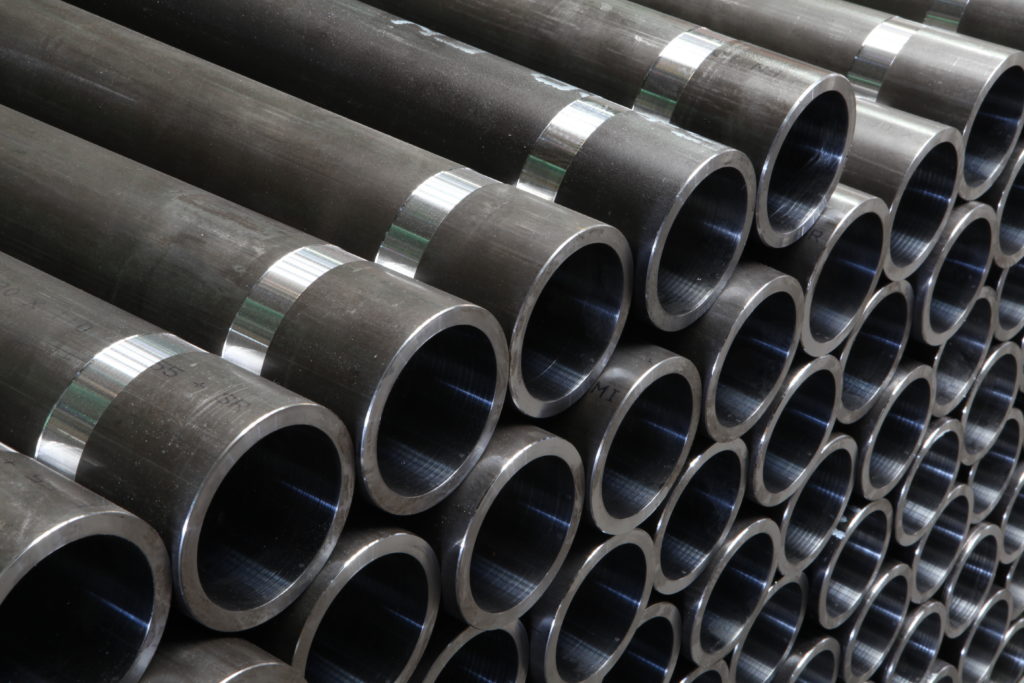
Strategic Supplier-Partners Are Essential to OEMs’ Supply Chain Resiliency
October 12, 2021
The supply chain impacts that set the manufacturing world on its heels at the onset of COVID-19 have eased only slightly. A recent Capgemini report found that some 80% of global organizations – original equipment manufacturers (OEMs) among them – still experience significant difficulties in supply planning, sourcing and production. OEMs are challenged to balance rising customer demand against ongoing component parts shortages and supply chain delays driven by a persistent worldwide pandemic.
While COVID-19 revealed weak links in the global supply chain, its effects represent neither the first nor the last time the industry will face dramatic disruptions. To weather the present storm and be ready for the next, OEMs and other organizations must build supply chain resiliency.

Sixty-six percent of the Capgemini study respondents acknowledge the need to significantly change their supply chain strategies to both react to and recover from crises with minimal impact to customer timelines. For OEMs emerging from the COVID-19 crisis, trusted supplier relationships can make or break the response to upward-trending customer demand. These supplier-partners should be at the heart of every OEM’s supply chain resiliency strategy.
Supply chain resiliency includes redundancy
Conventional thinking before the pandemic – that efficiency should take precedence over supply chain redundancy – only exacerbated supply chain interruptions during the crisis. Suppliers faced their own delays and shortages, and those that had not already established strategies designed to withstand significant market disruptions are still working to recover.
OEMs don’t need to entirely sacrifice efficiency, of course, but they do need to take new approaches to optimize end-to-end supply chains through partnerships with key suppliers. Some approaches could involve, for example:
- Limiting geographic diversity. Offshoring – particularly in countries hardest hit by the coronavirus – has heightened OEMs’ supply chain challenges during the pandemic. No single diversification strategy is right for every OEM, and offshoring may still have a role to play in some cases. But, broadly speaking, OEMs should look at extending their domestic supply chains to reduce risk.
- Revisiting – and possibly expanding – supplier relationships. Suppliers that are running at lowered capacity because they have not rebounded from COVID-19 disruptions cannot respond to increasing market demand. Conversely, highly qualified supplier-partners that had supply chain resiliency plans in place before the pandemic, as Miller did, are poised to take on new work. OEMs that shift ongoing production to these reliable supplier-partners gain a competitive advantage.

Starting discussions now with suppliers who have strong sourcing strategies can substantially reduce OEMs’ supply chain risk going forward.
Advancing the OEM supplier expansion process
Developing reliable supplier-partner relationships takes time. Starting discussions now with suppliers who have strong sourcing strategies and will work in tandem with customers to meet production goals will substantially reduce OEMs’ supply chain risk going forward.
Certain qualities can inform and speed up the supplier diversification process, as well. For example, OEMs should look for suppliers that have:
- Earned high-level certifications with the International Standards Organization, with regulatory agencies like OSHA and with other global OEMs. Such certifications benefit OEMs in two ways: They confirm these suppliers’ commitment to excellence, risk management and safety; and they validate the existence of processes and knowledge that give these companies the ability and agility to quickly comply with other industry- or OEM-specific standards. A fabricator like Miller that has mastered multiple ISO certifications, for example, can swiftly conduct a gap analysis and activate and adjust its existing processes to meet International Traffic in Arms Regulations (ITAR) or other standards.
- Established continuous improvement operating principles, which ensure a commitment to innovation, customer collaboration and ongoing updates to practices and equipment. These suppliers already have asked themselves important business questions that others, in the wake of the COVID-19 crisis, are only now beginning to ask. They will have created strong, cross-functional teams and evaluated their own supply chains’ resilience, preparing them to support their customers in any scenario. They will regularly measure customer satisfaction and hold themselves accountable to making improvements based on what their customers value most.
Highly-qualified suppliers – those, like Miller, that had implemented supply chain resiliency strategies before the pandemic – now are ready to serve as essential partners to OEM customers and prospective customers. Strong relationships with these supplier-partners will mitigate further supply chain exposure and create exponential efficiencies that quicken the response to growing market demand.
You Might Be Interested In
Blog
January 27, 2023
Consolidating Suppliers Reduces OEM Supply Chain Risk